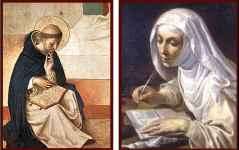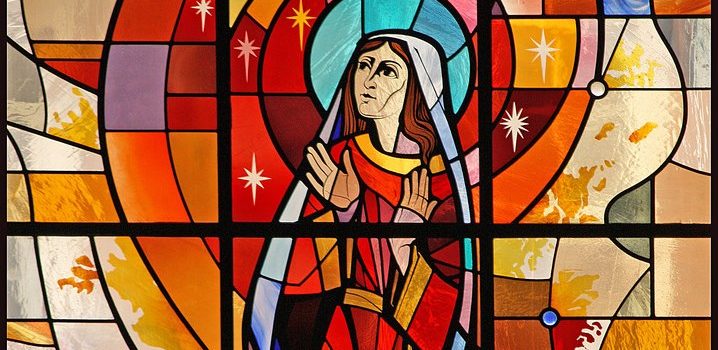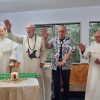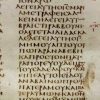A reflection contributed by Peter Culloty
In celebrating the Feast of the Assumption, the Church recalls how Mary’s life on earth ended. However the gospel story that is put before us is that of the visitation – the wonderful encounter between two women pregnant with salvation. Both women conceived in unusual circumstances, both are humble people who are willing instruments of God’s great plan for the world. Mary greets Elizabeth and, as soon as Elizabeth hears Mary’s greeting her child leapt in her womb and Elizabeth is filled with the Holy Spirit and makes the prophetic announcement to Mary that we remember every time we pray the Hail Mary “Of all women you are the most blessed, and blessed is the fruit of your womb.” (Lk 1:42)
The Feast of the Assumption is the Patronal Feast of the Church in New Zealand. It is a time when we recall the origins of the Catholic Church here in our country, when Bishop Pompallier, as he celebrated the first Mass on New Zealand soil, dedicated this mission to the Assumption of Mary.
This doctrine for those with faith, those who do not restrict their notion of the real to that which is perceptible to the senses or exists in space and time developed into the dogma of the Assumption which was proclaimed in November 1950.
The question of making this doctrine into part of the deposit of faith was initiated in May 1946 when the then Pope Pius XII addressed a letter to the Bishops of the world asking: “Do you, venerable brethren, in your outstanding wisdom and prudence, judge that the bodily assumption of the Blessed Virgin can be proposed and defined as a dogma of faith? Do you with your clergy and people, desire that it should be?”
In February 1947 here in New Zealand, at the Bishops Meeting in Christchurch it was decided that they draft a statement in response to this letter on the definition of the Assumption of the Blessed Virgin Mary.
In June of that year in a letter to the Bishop of Auckland, The Bishop of Christchurch stated
While there is no guidance of any request from the faithful for a definition of the dogma the same faithful take it for granted (for example, observance of the Feast, Churches named in honour of the Assumption, Public and Private devotions, sermons) that the Mother of Christ was assumed into heaven.
As a result the then Bishop of Auckland, Bishop Liston sent a letter to Rome.
In my research I have only been able to find a final draft copy of this and that reads, using the very formal way of addressing the Pope current at that time:
“Prostrate at the feet of your holiness we earnestly pray that the doctrine of the Assumption of the Blessed Virgin Mary, which we have always accepted and cherished as part of our Catholic Faith, be now proposed to the belief of the faithful by a solemn definition of the church. We make this petition to your Holiness for the glory of God for the honour of our Lady, and as a tribute of filial love for our heavenly Mother and of solemn invocation for her protection in this sad hour of history.”
In his 1980 thesis P.J. Cullinane examined the relationship between the lived experience of the faith and the way in which that faith comes to be perceived and formulated in dogma. As part of this, one of his conclusions was that some Christians believe Mary is assumed into heaven while others do not. He suggests we need to engage in a way of living and sharing our Christian faith that can carry us forward to a fuller measure of common understanding.
This Feast Day is a time to pray for our country – that the mother of the one who embraces all people without distinction, might help all of us.








